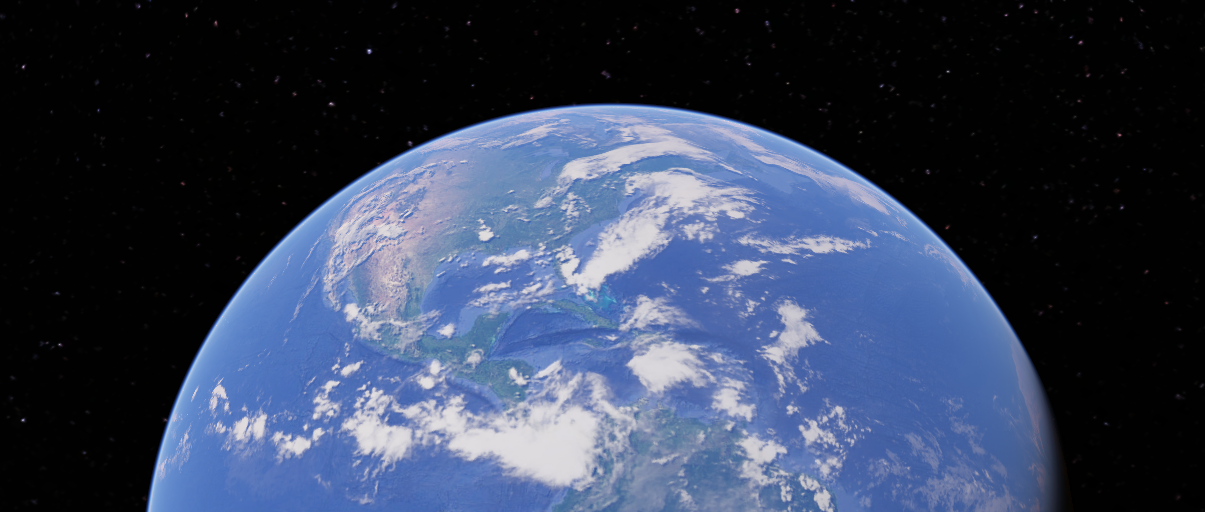Google Earth has a long and storied history — though not quite as long as the planet it depicts. The product we all know as Google earth was released on June 28th, 2005. Though we're a few weeks separated from that, Google has taken today to celebrate its formal 15th anniversary. But, in fact, Google Earth's history stretches back a little further than that.
Google didn't actually develop Google Earth itself — or, at least, it didn't initially. Google acquired a little company called Keyhole back in 2004 that had made a product named EarthViewer: the precursor to Google Maps. It was licensed to companies like CNN for use in broadcasts, and even US intelligence agencies were using it to better visualize geography. The CIA used it for intelligence efforts, including the most recent Iraq war, and poured plenty of its own cash into the company for future development via the essentially government-backed In-Q-Tel venture capital group.
Around a year after its acquisition of Keyhole, Google released what we came to know as Google Earth: A free standalone software solution that showed a 3D visualization of the entire planet. This was before it was even available in a browser. The company was able to merge in details from Google Maps for things like route planning and 3d buildings, and it's seen regular updates with new features over the last fifteen years. Recent additions include stars and a new and improved search interface.
To celebrate its fifteen-year (plus eleven days) anniversary, Google has published a blog post with fifteen inspiring stories that show how Google Earth has made a difference on the world it illustrates, from things like disaster response and education to wildlife preservation and even a family reunion after decades of separation. For more information, click through to Google's announcement below.
Source: Google

